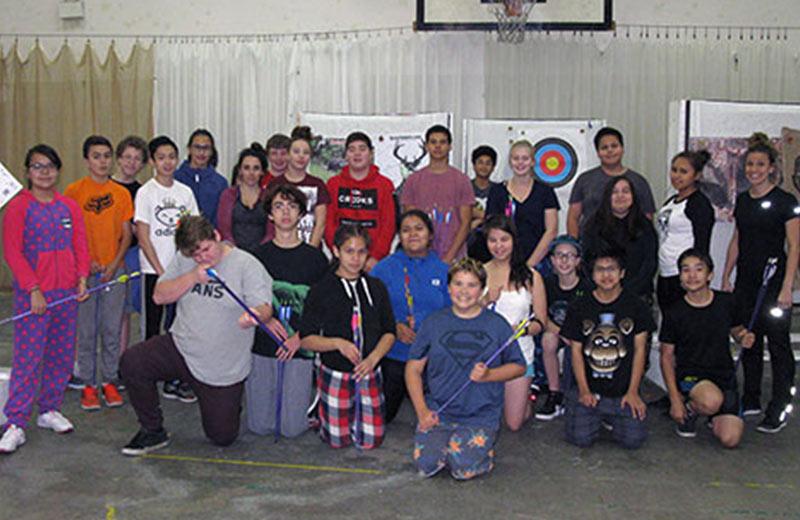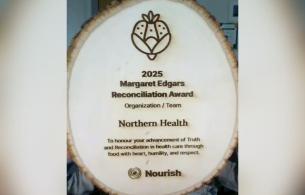For many people, even the thought of writing a grant proposal or application is intimidating. Rest assured that by keeping a few key tips in mind, anyone can do it!
Ensure your grant application stands out
Most grant programs get more applications than there are funds available. Whether you are applying for one of Northern Health's grants (IMAGINE Community Grant applications are now open!) or are looking into a different grant program, follow these tips to ensure that your application stands out above the rest!
- Know your project plan
- Read the application beforehand and ensure that you are able to answer all questions and sections fully. Your enthusiasm for your project should come through.
- Know your audience
- Who will be able to participate in this project and the activities? Northern Health grants are keen to support projects that reduce health inequities and help those who are disadvantaged or vulnerable to improve their access to supports and resources for better health.
- Confirm your timelines
- Many grant programs have multiple cycles per year as well as deadlines for project completion and evaluation. Does your project start date fit within this timeline or should you wait for a future cycle?
- List key project partners
- Strong partnerships = strong projects! Working with other groups builds capacity and can be a great opportunity to learn from one another. Partnerships also help to ensure sustainability. Having more people involved can help to grow the project and increases its chance of lasting.
- When listing partners, you should be able to explain their roles and responsibilities in the project.
- Describe and connect project goals and activities
- Be very specific about what you want to achieve in your community through your project. What is the ultimate goal(s)? What will success look like?
- You should be able to directly connect your planned activities to these goals.
- Explain the benefit to community
- Applications should describe why a project is needed in your community. What sets your project apart from others in the community?
- Have a clear budget
- Remember to include all of the costs that will be associated with your project activities. Ensure that the total cost of the project is explained, specify the amount being requested from the grant, and identify where any other sources of funding will be coming from.
- Confirming fundraising efforts or that other sources of funding have been explored shows community engagement and motivation for the project to succeed. Don't forget to identify in-kind or free supports.
- Ensure that the funding you are requesting fits the grant criteria. For example, if wages aren’t eligible for coverage under the grant criteria, don’t request them in your application.
- Describe the future plans to keep the project going
- We want to support projects that are thinking about sustainability from the beginning and we are less likely to support a one-time event or activity. Provide details on how the project will continue to grow in your community. Use a grant like our IMAGINE grant as the seed to get you started!
- Get letters of support from partners and community members
- Letters of support from project partners, additional funders, or people who will benefit from the project in the community are a great help! They show engagement and investment.
- One or two letters are enough, but they should be specific to the project.
- Choose an exciting project name
- Choose a name for your project that will grab people's attention – whether that’s the person reading the application or someone who wants to learn more about your project in the community. Be unique but keep it simple!
- Learn from others
- Get inspired and get a sense of what a grantor is looking for! We recently released a map of previously funded IMAGINE projects – check it out!
- Get inspired and get a sense of what a grantor is looking for! We recently released a map of previously funded IMAGINE projects – check it out!
A version of this article first appeared in the winter 2016 issue of Healthier You magazine.














Comments